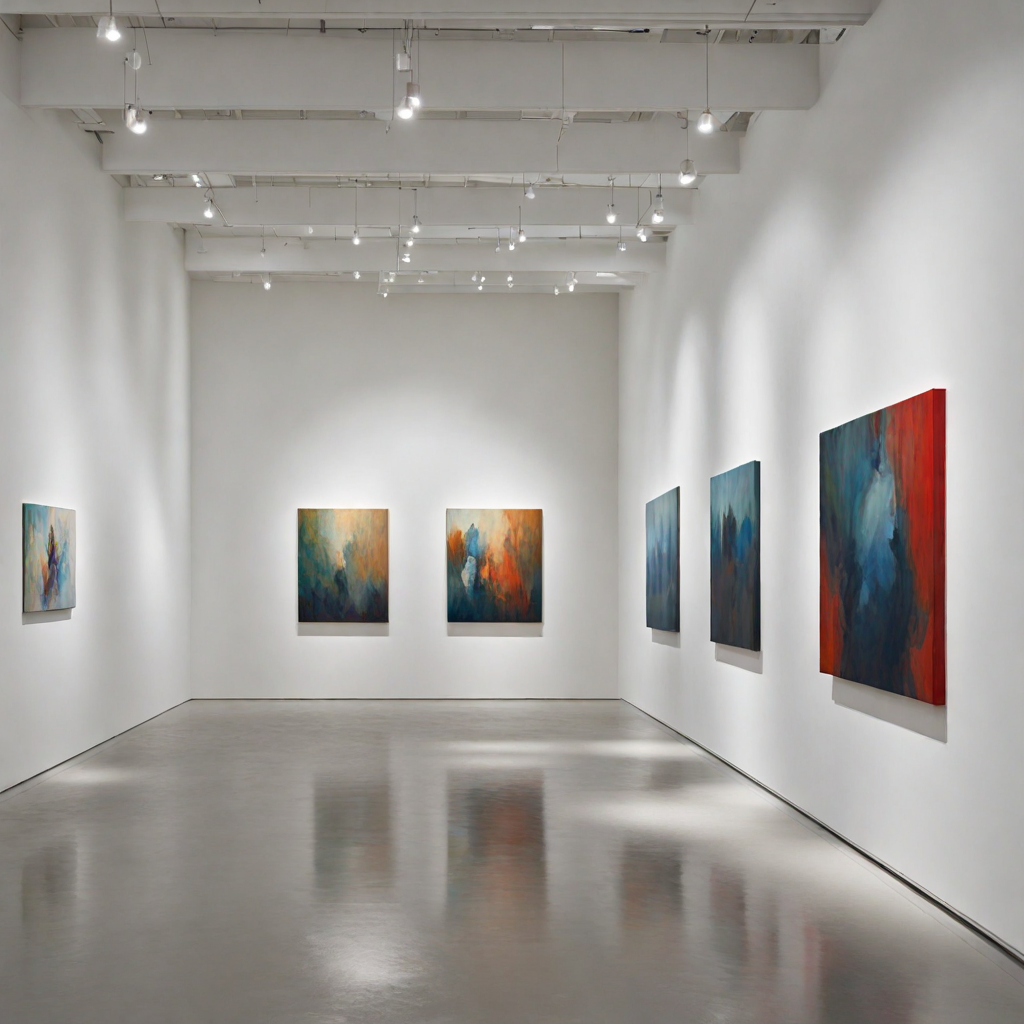Art exhibition installation in museums and galleries is a carefully orchestrated process that blends artistry with meticulous planning. The success of the exhibition hinges on several critical factors, including the expertise of art handlers, architectural considerations, seamless collaboration, and the ability to adhere to strict deadlines.
Art Handlers, People Behind Any Art Exhibition Installation
Art handlers are the backbone of any art exhibition installation. They possess a deep understanding of the fragility and significance of each artwork, and their role is twofold.
Why Them?
Art handlers are responsible for the physical handling of the art, ensuring it is transported, unpacked, and positioned with utmost care. They are responsible for ensuring that each piece is properly illuminated, arranged, and maintained throughout the exhibition. Their expertise in handling, positioning, and lighting art pieces contributes significantly to the overall impact of the exhibition.
Do They Work Alone?
No. Curators, artists, architects, and installation experts must collaborate closely. This collaboration is crucial for ensuring that the intended artistic narrative is conveyed effectively through the exhibition's layout and design. The curation process is a delicate dance of selecting artworks that tell a cohesive narrative. Such collaboration ensures that the architectural design complements the chosen pieces and that the final display effectively communicates the artistic vision. This synergy is the key to creating an exhibition that resonates with the audience.
Architecture and Spatial Harmony
The architectural design of the exhibition space is a pivotal consideration. The arrangement of artworks, the choice of lighting, and the visitor flow must align with the exhibition's spatial design. This harmony is essential to create an immersive experience that allows visitors to engage with the art as intended. The architecture of the space also influences the placement of artworks, ensuring that each piece is showcased in its best possible light.
Art exhibition installation in museums and galleries is a multidimensional endeavor that involves a multitude of elements working together harmoniously. The dedication and expertise of art handlers, the thoughtful consideration of architectural design, and the collaborative efforts of curation are all critical to ensuring a successful display. Meeting strict deadlines is the final piece of the puzzle, ensuring that the exhibition is unveiled to the public as planned.
